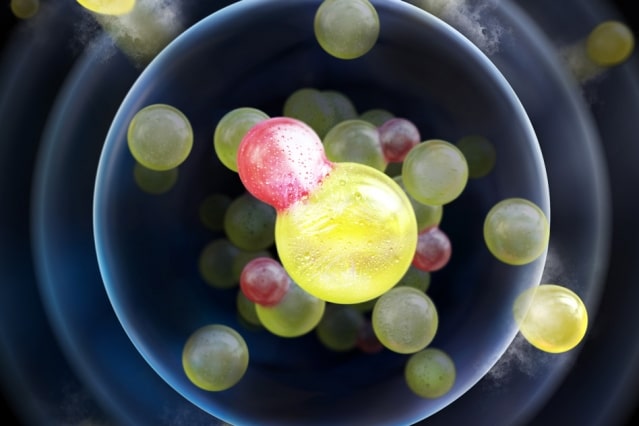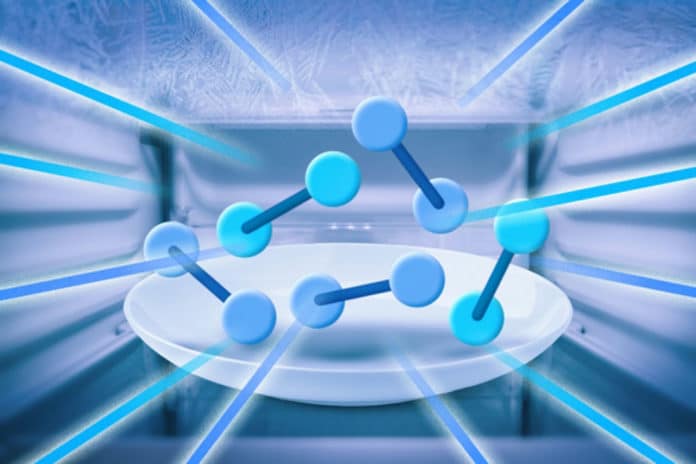While looking for ways to cool molecules down to ultracold temperatures, MIT scientists have devised a new technique to cool molecules of sodium lithium down to 200 billionths of a Kelvin.
They developed this technique using a method called collisional cooling, where they submerged molecules of cold sodium lithium in a cloud of even colder sodium atoms. The ultracold atoms acted as a refrigerant to cool the atoms considerably further.
In collisional cooling, the colder atoms are used to refrigerate other atoms. Using the technique, various scientists had tried to supercool several different molecules to discover when molecules collided with atoms; they exchanged energy in such a way that the molecules were heated or destroyed in the process, called “bad” collisions.
In this new study, scientists found that if sodium lithium molecules and sodium atoms were made to spin in the same way, they could avoid self-destructing and instead engaged in “good” collisions, where the atoms took away the molecules’ energy, in the form of heat.

The group utilized exact control of magnetic fields and an intricate system of lasers to arrange the spin and the rotational movement of the particles. As a result, the atom-molecule mixture had a high proportion of good-to-bad collisions and was chilled off from 2 microkelvins to 220 nanokelvins.
Nobel Prize laureate Wolfgang Ketterle, the John D. Arthur professor of physics at MIT, said, “Collisional cooling has been the workhorse for cooling atoms. I wasn’t convinced that our scheme would work, but since we didn’t know for sure, we had to try it. We know now that it works for cooling sodium lithium molecules. Whether it will work for other classes of molecules remains to be seen.”
Alan Jamison, a professor of physics at the University of Waterloo, said, “Sodium lithium molecules are quite different from other molecules people have tried. Many folks expected those differences would make cooling even less likely to work. However, we had a feeling these differences could be an advantage instead of a detriment.”
The specialists fine-tuned a system of more than 20 laser beams and different magnetic fields to trap and cool atoms of sodium and lithium in a vacuum chamber, down to around two microkelvins.
After generating enough molecules, they shed laser beams on molecules to control their quantum state. They also carefully tuned microwave fields to make atoms spin in the same way as the molecules.
Lead author Hyungmok Son, a graduate student at Harvard University’s Department of Physics, said, “Then we make the refrigerator colder and colder, referring to the sodium atoms that surround the cloud of the newly formed molecules. We lower the power of the trapping laser, making the optical trap looser and looser, which brings the temperature of sodium atoms down, and further cools the molecules, to 200 billionths of a kelvin.”
Scientists observed that the molecules were able to remain at these ultracold temperatures for up to one second.
Ketterle said, “The group observed that the molecules were able to remain at these ultracold temperatures for up to one second. In our world, a second is very long. What you want to do with these molecules is quantum computation and exploring new materials, which all can be done in small fractions of a second.”
“Our work will lead to discussion in our community why collisional cooling has worked for us but not for others,” Son says “Perhaps we will soon have predictions how other molecules could be cooled in this way.”
Journal Reference:
- Collisional cooling of ultracold molecules. DOI: 10.1038/s41586-020-2141-z
